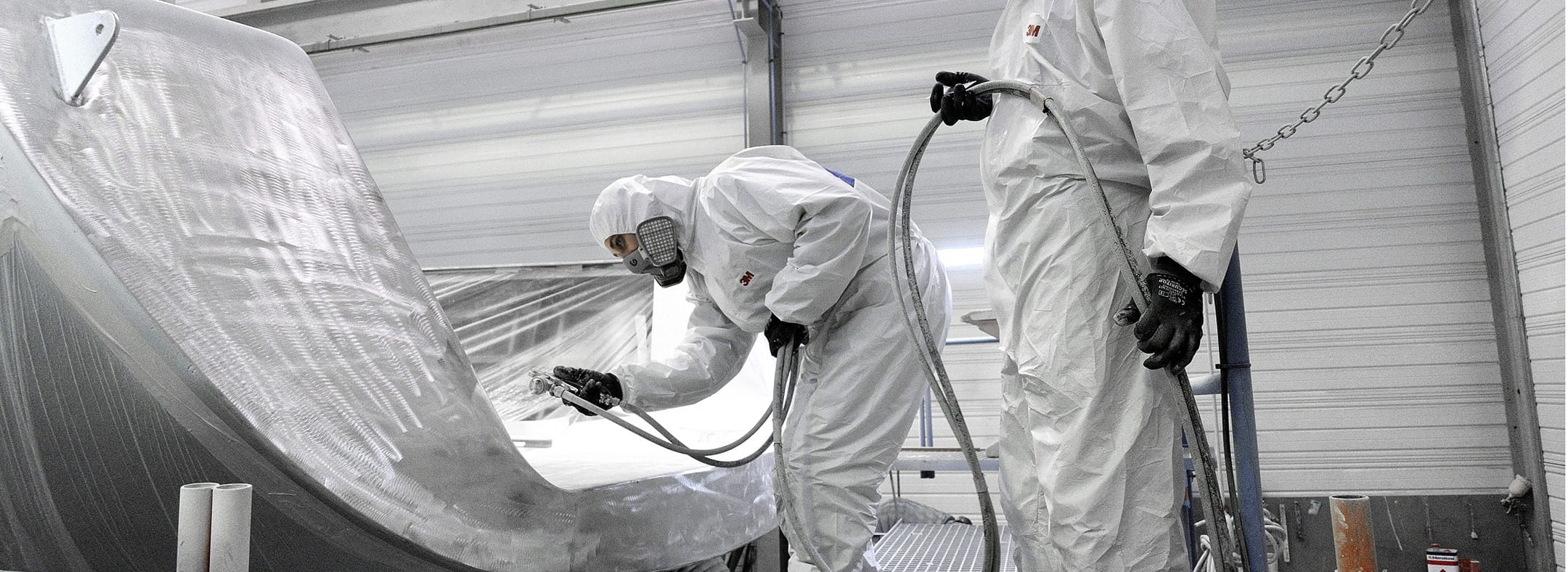In the article Aluminium electrolysis – Legend or reality? we’ve seen that the term “electrolysis” is an imprecise term covering different phenomena of galvanic or electrolytic corrosion.
Nearly 60 years of experience and feedback on the use of aluminium in boatbuilding has resulted in a robust set of best practices allowing us to benefit from all the exceptional advantages of this unconstrained material.
At Allures Yachting, we implement all the following good practices:
Use of aluminium alloys which are specific for marine applications
- Grades of aluminium dedicated to boatbuilding are designed to provide enhanced corrosion resistance performance. In contact with air or water, aluminium creates its own hard, protective and waterproof layer of aluminium oxide within a few hours. This natural and fast passivation stops the natural corrosion of aluminium and ensures its protection and stability over time.
Prevention of galvanic corrosion
- Limitation of the use of different metals in direct contact with aluminium
- When this cannot be avoided, insulating the two metals,
- Physical insulation: washers, plastic shoulder washers
- Metallurgical insulation: anodizing
- Chemical insulation: TefGel, Mastinox
- Installation of specific sacrificial anodes,
- Painting of the underwater hull with an epoxy anti-corrosion barrier
Prevention of corrosion from stray current
- Two-pole electrical installation (no common earth, circuit breakers and two-pole battery cut-off switches) to isolate each source and draw from the circuit
- Use of reinforced electrical cable according to HO7RNF standard with additional external sheathing resistant to chemicals (Diesel, water) or mechanical (100,000 flexions, chafe resistance) designed for outdoor applications
- Standard installation of an electrical leak detection alarm
- Recommendation of an isolation transformer as soon as 220V starts to be produced on board (which requires the hull to be connected to the ground of the electrical circuit)
Training
- The handover of the boats is conducted over a period of 5 days, with a theoretical and a practical part for sailing and port manoeuvres. This training is an opportunity to discuss the specificities and good practices of aluminium construction.
These precautions ensure a long life-span for the boat, as evidenced by the longevity of Allures Yachting yachts and other, but also more generally by the success of aluminium in professional civilian and military shipbuilding.
More information on the safety of an aluminium hull.

















